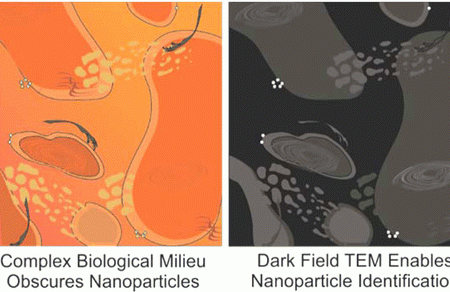
Tag: microscopy


A Photon Saved is a Photon Earned
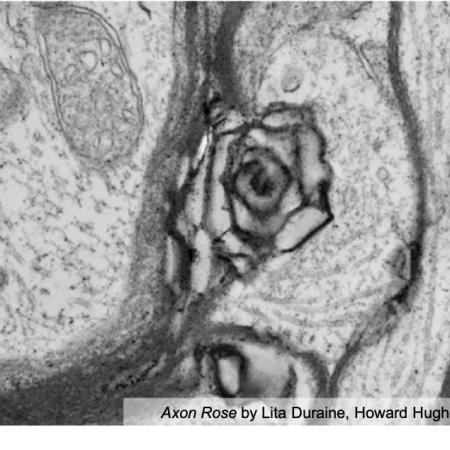
Seeing the Invisible
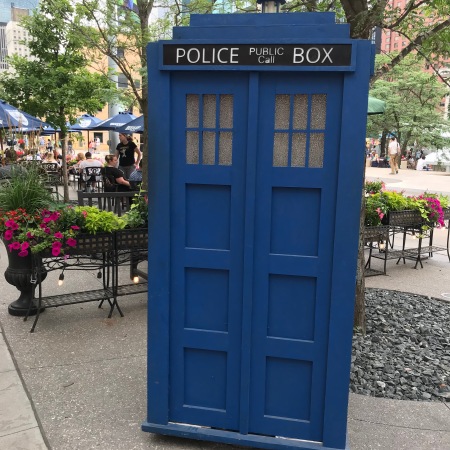
Celebrating Science at a Science Fiction Convention
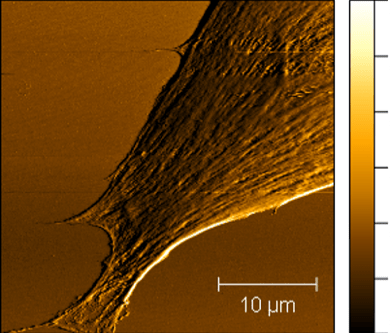
How do scientists determine the texture of cells?
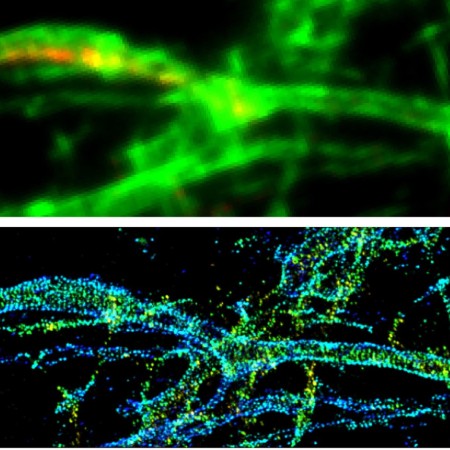
Snapshots of the Cytoskeleton
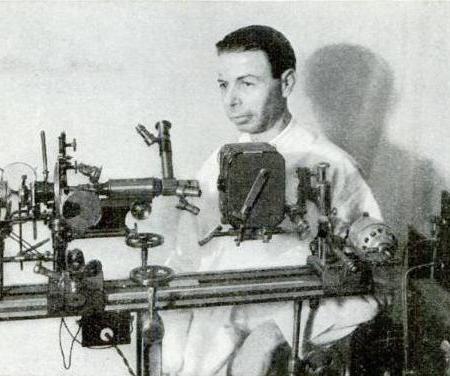
Royal Rife’s Universal Microscope (and Why It Can’t Exist)

Nature Under a Microscope: Exploring the Beauty of Nanoscience
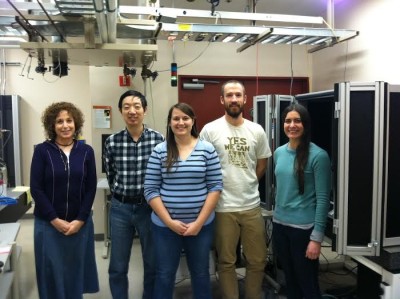
National Lab Travelogue: A day in the life of a graduate student visiting the Pacific Northwest National Laboratory
